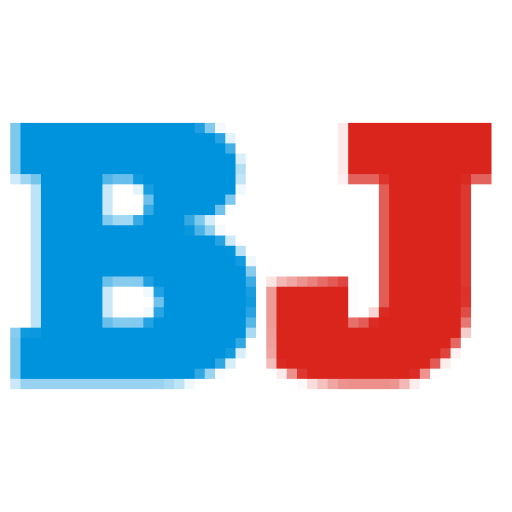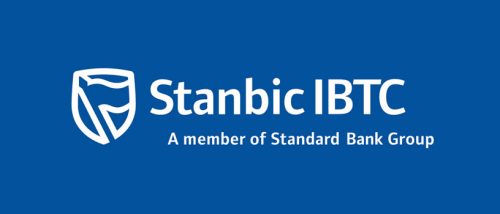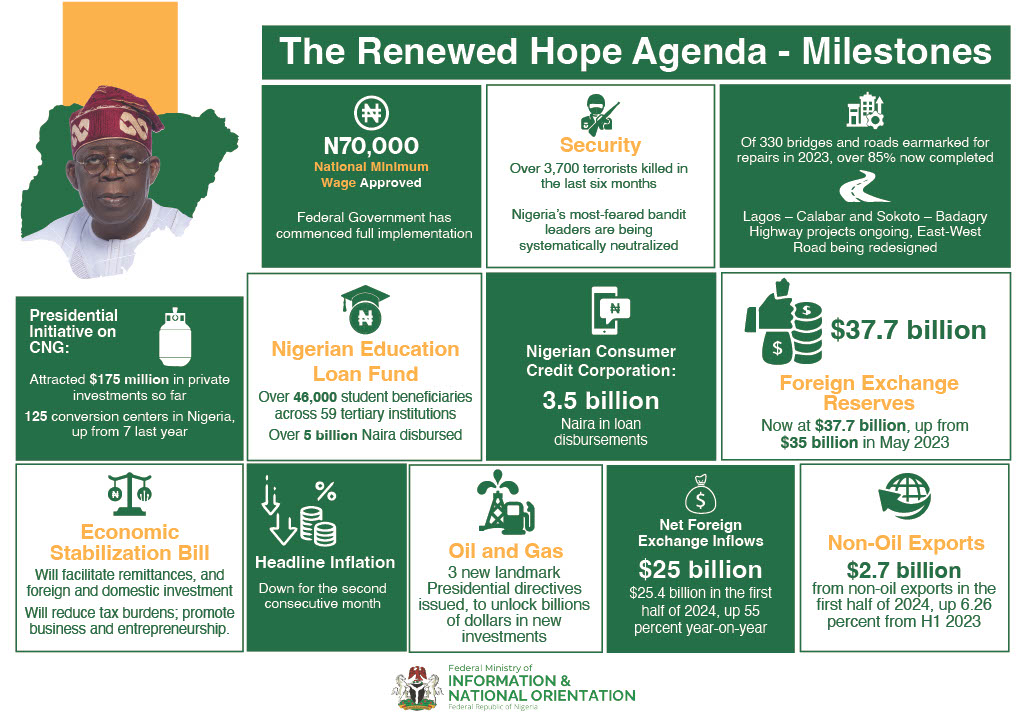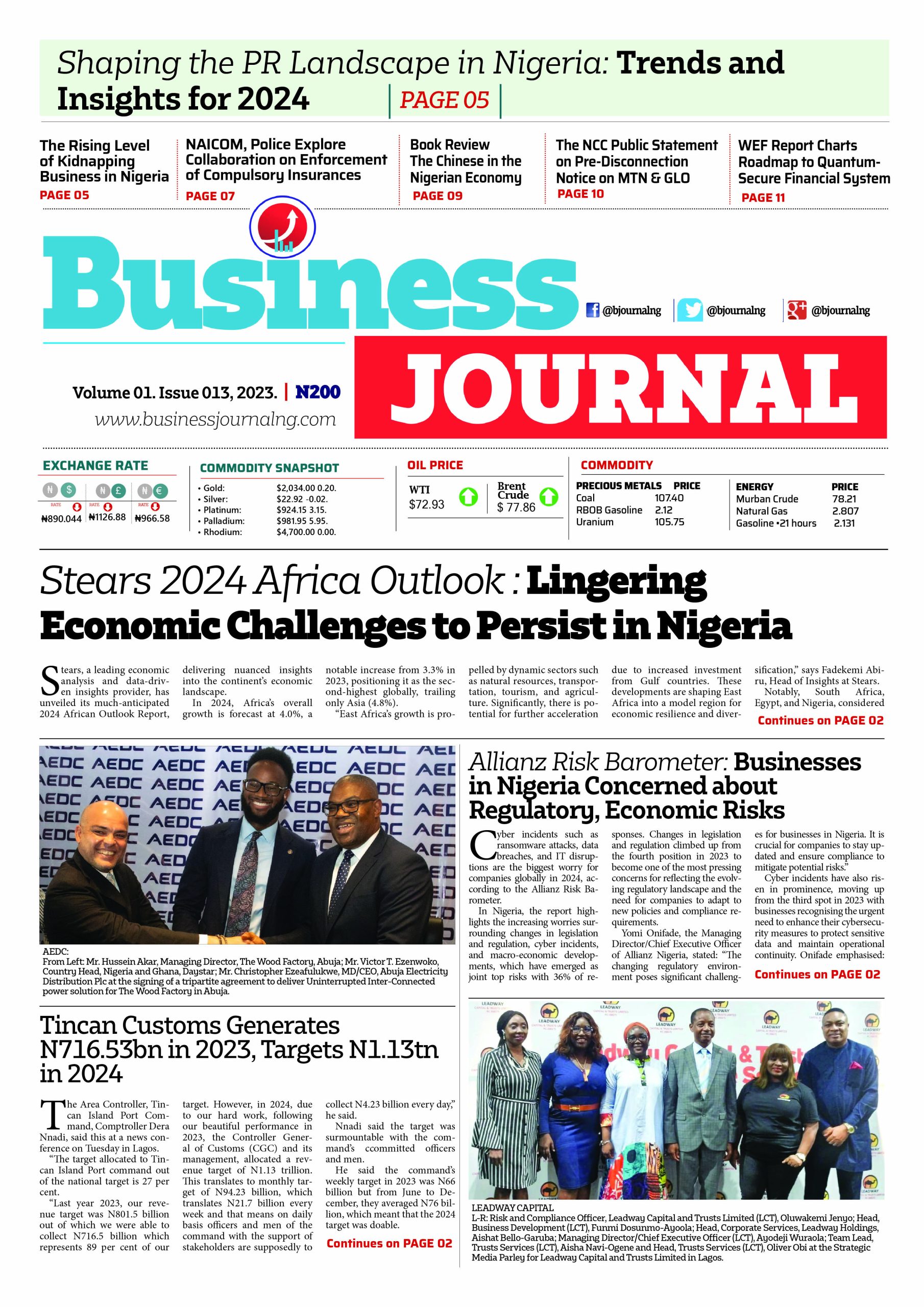The May 2024 data pointed to a pick-up in growth in the Nigerian private sector, with both output and new orders increasing at sharper rates than in April.
Rates of expansion remained slower than the respective series averages, however, as high prices continued to limit demand. That said, there were further signs of inflation leveling off, with both purchase costs and selling prices rising at the slowest rates for a year.
The headline figure derived from the survey is the Stanbic IBTC Purchasing Managers’ Index (PMI). Readings above 50.0 signal an improvement in business conditions on the previous month, while readings below 50.0 show a deterioration.
The headline PMI posted 52.1 in May, up from 51.1 in April and the highest since January. The latest reading signaled a modest improvement in business conditions in the Nigerian private sector, but one that was still less pronounced than the historical trend. New orders increased solidly in May, extending the current sequence of growth to six months. Business activity was also up, and to the largest extent since January.
Muyiwa Oni, Head of Equity Research West Africa at Stanbic IBTC Bank commented: “The Stanbic IBTC headline PMI increased to 52.1 points in May from 51.1 in April – its highest level since reaching 54.5 points in January. This implies that Nigeria’s private sector activity maintained a better footing in May even as the rate of expansion remained slower than the series average as high prices continued to limit demand. Nonetheless, the purchase costs and selling prices increased at their slowest rates in a year, thereby supporting a sharper increase in both output and new orders relative to April.
The Nigerian economy grew moderately by 2.98% y/y in Q1:24 from 3.46% y/y in Q4:23. From a structural perspective, the services sector remains the growth engine of this economy, contributing 83.2% to the real GDP growth rate, with industries and agriculture contributing 15.5% and 1.3% respectively to the real GDP growth. As expected, the interest rate sensitive sectors experienced a slowdown in growth safe for the Manufacturing sector whose growth improved modestly, to 1.49% y/y, from 1.38% y/y in Q4:23 – albeit still lagging the 3-year average growth (2.40% y/y). “The April and May headline PMIs point to a slight improvement in private sector activity in Q2:24, although still underwhelming compared to Q2:23. We expect domestic demand to remain weak relative to historical average, exacerbated by inflationary pressures which may likely peak in May. Besides, interest rates at unprecedented highs will continue to have a negative passthrough impact on the non-oil sector. However, because of an expected favorable base-effect induced oil sector’s growth, the overall economy is on course to grow by 3.51% y/y in real terms in Q2:24.”
Growth was recorded across all four monitored sectors, with the sharpest rise in manufacturing. Anecdotal evidence pointed to improving customer demand amid signs of inflationary pressures easing. Although purchase costs continued to increase rapidly in May, largely due to currency weakness, the rate of inflation eased to a one-year low.
This was also the case with regard to selling prices. Staffing levels were broadly unchanged again, but efforts to help existing workers with higher living costs meant that employee expenses increased at a solid and accelerated pace midway through the second quarter. The improvement in customer demand seen in May encouraged companies to expand their purchasing activity. This, allied with positive expectations for future workloads, also led to an increase in inventories. Both input buying and stocks of purchases rose more quickly than in April. Despite efforts to secure additional inputs, still high prices for materials meant that firms sometimes struggled to accumulate the necessary items to complete projects.
As a result, backlogs of work increased for the third consecutive month. Suppliers’ delivery times continued to shorten, with improved vendor performance linked to a range of factors including prompt payments and good arrangements with vendors in a competitive environment. Lead times have shortened in each month since March 2023. Despite stronger expansions in output and new orders in May, business confidence waned and was the lowest since the survey nadir posted in February.
More than 43% of respondents remained optimistic in the year-ahead outlook for output, however, linked to plans for investment and business expansions, including the opening of new branches.











